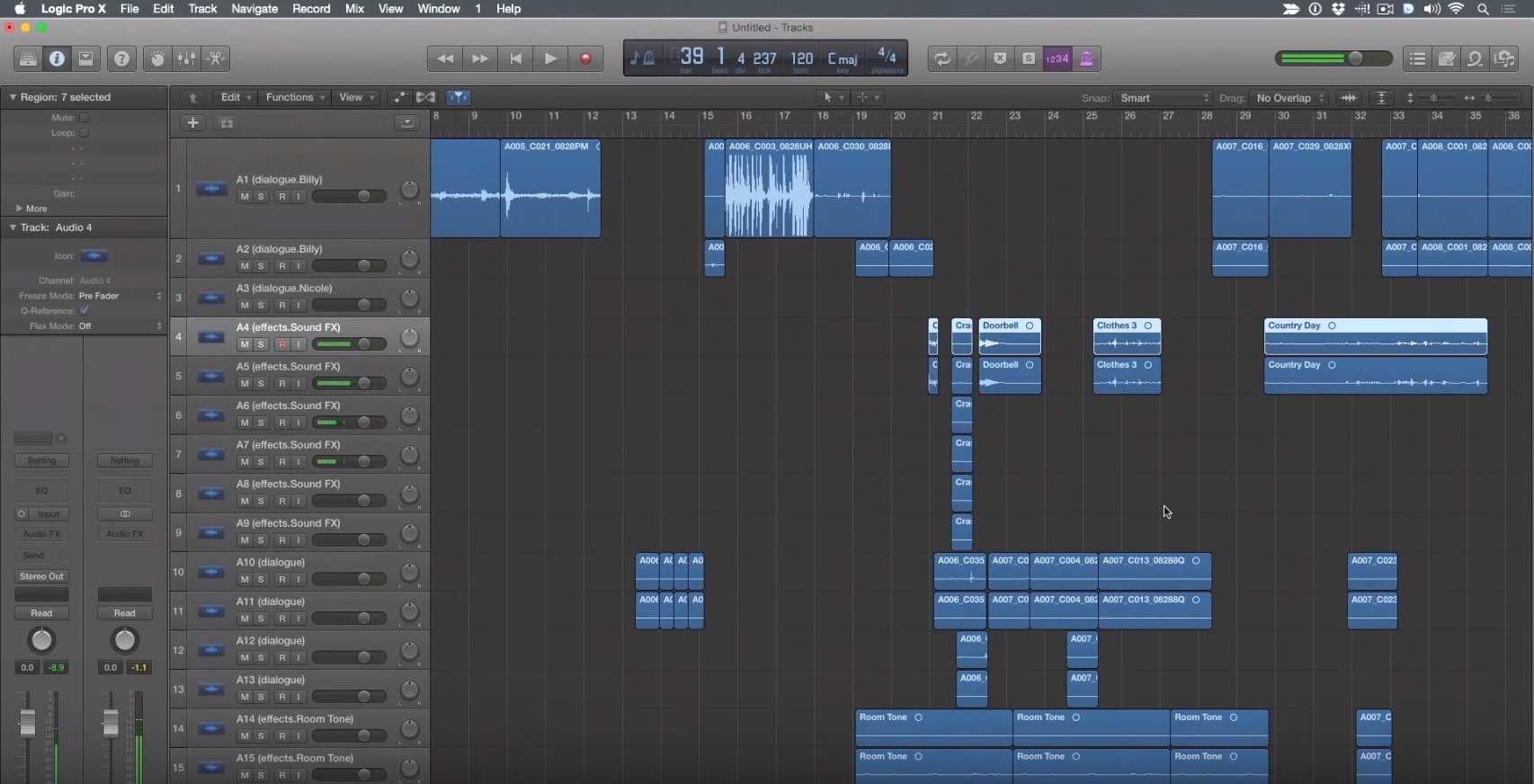
They use quite a bit of CPU power, so they are really useful for Master or Buss processing. So there is no colouration of the signal.
#Logic pro x mono to stereo master pro#
In Logic Pro X, The Linear Phase EQ keeps the phase between the bands linear, meaning that the EQ compensates for those timing and phase issues at the crossover frequencies.

In mastering though, you generally are wanting something that is more transparent. This is great in some instances on individual channels, to help you add that little ‘something’ to spice up your sound. In Logic Pro X for example, The Channel EQ is called minimum phase EQ, where the different bands in the Audio Spectrum crossover (where the frequencies overlap) and cause some minor phase interactions that can colour the sound at the crossover points. Compare your tracks and you will learn so much as you build your skill set.īefore you get working on those frequency adjustments, it’s important to know the difference between the normal chnnel EQ and Linear Phase EQ. Find your favourite production in the genre you are mixing and listen to what they are doing. You can easily mess up the tonal balance of a mix, so as always start cautiously until you are more confident in your technique. Remember that working with any EQ requires a lot of analytical and critical listening.

You can use it for corrective mixing work, mastering, sound design, creative effects, and more. Mid-side equalization is versatile and effective.

Ok, that all said, let’s have a look now at the EQs. Generally speaking in a mix, the lead vocals, bass, kick and snare tend to be centred, with pads, synths, backing vocals and guitars panned to the left or right and wider out in the stereo field, and then of course, the effects are also spread to the edges for width in the mix. We also tend to widen some of the sounds by using reverb or delays or even specialized widening plugins, so that material is spread to the edges of the mix. Most mixes are bounced out in stereo, where we have some instruments placed in the centre of the stereo field, where they are equal on both speakers, or we pan other instruments so they sound more to the left or right at varying degrees.


 0 kommentar(er)
0 kommentar(er)
